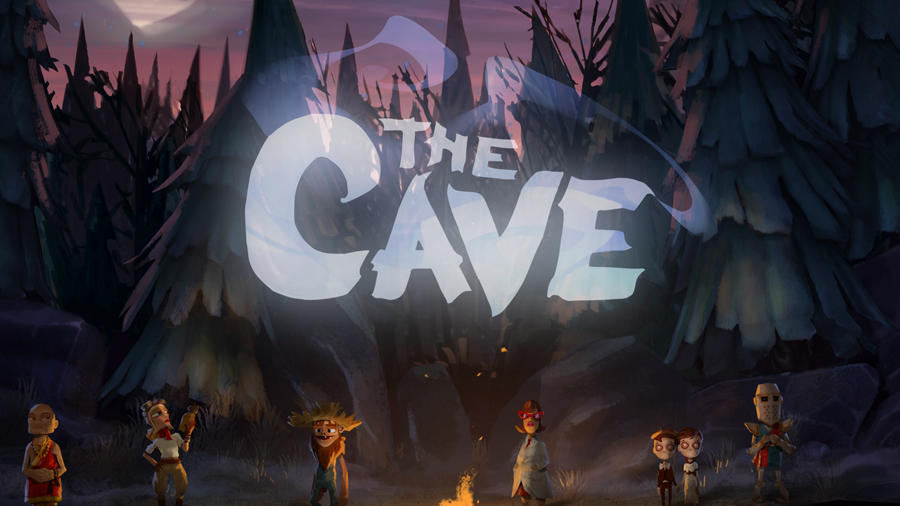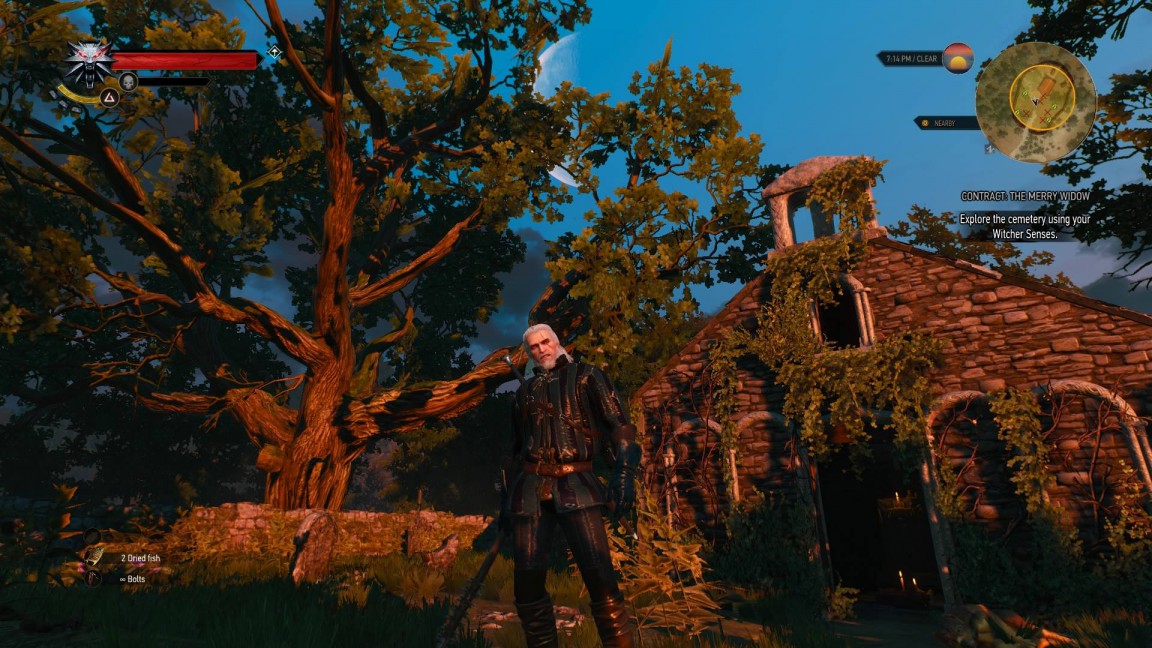The role-playing game Neverwinter Nights begins with a simple tutorial, which is where the heaviest reading occurs.The game is distributed on the Atari label and was created by the makers of the game Dungeons and Dragons, and it uses skills such as logic, problem solving, higher order thinking, and dialogue for the player to "win." Students can play this game in a partnership or tutoring situation with other students in an ELA classroom to facilitate their reading development. In a partnership, the student mentors and the students being tutored work together to move forward in the game. This allows the lower level reader to feel competent, increasing the student's self-confidence as the game progresses. Alternatively, two students could work on computers next to each other after completing the tutorial, allowing for some competition.
The beauty of the game is that unless the student is an avid fantasy reader, the vocabulary is foreign, so even an advanced reader must learn the new jargon when attempting to play the game. For any adolescent reader this will provide a challenge, and the model reading behaviors will be more important in the tutoring sessions than the vocabulary knowledge. Because the advanced reader will be forced to work with unfamiliar vocabulary as well, the game becomes a place where both readers are working in unfamiliar territory, and the confidence of the reluctant reader may increase, ultimately resulting in two more-advanced readers. I learned about using video games to teach reading from Michelle Commeyras, professor at the University of Georgia, who developed the concept for use in the College of Education's reading clinic.
I first tested Commeyras's concept in an alternative school program in Greensboro, Georgia. One student named J.R.-an 18-year-old African American male with a learning disability-showed an interest in reading manga. The Naruto series was J.R.'s favorite. I was the teacher of record and decided to allow him to read those novels as part of his "Reading Counts" program, which is similar to the Accelerated Reader program used in schools around Georgia. J.R. continued reading the graphic novels he enjoyed, but gradually he became more withdrawn during his time in the alternative school, especially when the class read more difficult texts. I decided to assign him the Neverwinter Nights video game because it relies heavily on text and written conversation. J.R. and I alternated reading passages aloud when playing the game, and his character in Neverwinter Nights developed quickly. While helping him to increase his reading skills, the game also allowed J.R. to construct a virtual identity that helped him escape from the barrage of obstacles he faced in school. I also assigned him a tutor, and this allowed him the opportunity to play the game without frustration because unfamiliar vocabulary could be explored with his tutor.
James Paul Gee says that when playing video games, there are different identities at work that allow adolescents the opportunity to explore literacy and lose themselves in the action (43^4). I saw J.R., previously a hesitant reader, blossom into a much more confident reader. He loved the game, he loved spending time working on reading he enjoyed, and he wanted his tutor to understand his choices and virtual character. This gaming/reading experience allowed me to work individually with J.R., giving him direct and indirect instruction while conferencing continually, and it allowed J.R. to feel comfortable in the medium he was working with, which gave him confidence traditional texts do not.
J.R. was the perfect candidate for the gaming "identity" construct; he enjoys gaming and the fantasy genre and spends a great deal of time reading in genres that seem to correlate well with the content of the game. However, another student in the class, an 18-year-old Hispanic male named Angelo, was not well versed in the fantasy genre, but he enjoyed the game immensely as well. I believe many students would benefit from similar gaming/reading experiences.
In part, reluctant readers simply need an escape from their daily life in school. "This generation of students relates to graphics first, versus traditional information acquisition of text first". In this study, Elizabeth Simpson and Frances A. Clem found that middle school students learn moreand more rapidly when they are actively engaged. Thus, the authors used video games with their students to make learning more entertaining and more accessible for today's students. The students used problem-based approaches and were evaluated using performance-based evaluations and self-assessments via rubrics. The results were numerous teachable moments and student satisfaction. With structure and support, teachers can implement video games easily.
What followed was a spirited debate concerning the rights of the undead. Students quickly moved past the fantasy elements of the argument and delved into a serious debate about the rights of minority viewpoints. It should be noted that never did anyone, me included, suggest that those needing to feed off the blood or brains of others had a right to do so. Nor was there ever the suggestion of equivalency between this hypothetical discussion of rights and the real struggle for rights among those suffering from legitimate injustice. Rather, my students showed a ready ability to see through the conceit of the argument and recognize a larger truth: no matter how foreign the beliefs of others, foreignness do not by itself warrant bigotry and dismissal.






 Duke Nukem Forever
Duke Nukem Forever Tales Of Xillia 2 Side Quest Guide
Tales Of Xillia 2 Side Quest Guide DOTA Hero Tips: Luna Moonfang the Moon Rider
DOTA Hero Tips: Luna Moonfang the Moon Rider Assassin’s Creed IV: Black Flag – Elite Design Plans Guide
Assassin’s Creed IV: Black Flag – Elite Design Plans Guide The Witcher 3: The Merry Widow Contract
The Witcher 3: The Merry Widow Contract